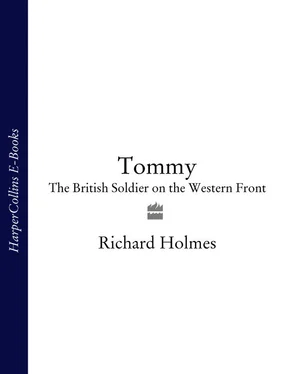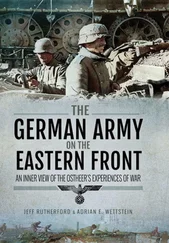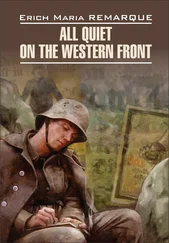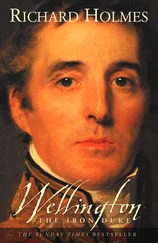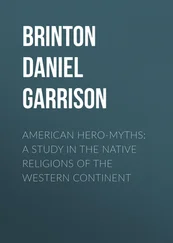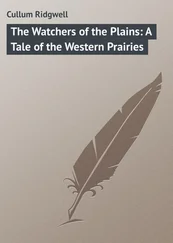However, there is still a trend for many of the war’s historians to be overly preoccupied with the big political, strategic and operational issues. Was the war avoidable? Had Britain any other course of action in 1914? Were British generals actually geniuses rather than donkeys? Was the Treaty of Versailles too hard or too soft? How well understood was the post-Somme doctrine for divisions in the attack? In the process they often lose sight of the men who actually fought the war. True, combatants get anthologised, and we have lots of examples – some of them actually very good – of the historian as copytypist. And there is an ever-widening use of oral history, so that the words of this fast-disappearing generation can reach out to help us understand what this war was really like.
Or can they? I make this point as gently as I can, for it is no mere conventional politeness to say how much I admire the men who fought on the Western Front. But the interviewing of veterans in the 1970s and beyond concentrated, as it had to, on those who had survived. Like accounts written long after the events they describe, interviews with survivors inevitably reflect the past through the prism of the present. Although A. J. P. Taylor was unduly harsh to write them off as ‘old men drooling over their lost youth’, they do require at least some degree of caution. Sometimes survivors played their roles too well: they became Veterans, General Issue, neatly packed with what we wanted to hear, exploding at the touch of a tape-recorder button or the snap of a TV documentarist’s clapper-board. Up to my neck in muck and bullets; rats as big as footballs; the sergeant major was a right bastard; all my mates were killed. And sometimes, just sometimes, they tell us this because they have heard it themselves.
So we should be extra cautious about how we use and interpret oral history and other non-contemporary evidence. It is often far too late-recorded oral history: occasionally forgotten voices tell us about imaginary incidents. Much better to go back to what people thought at the time. And in the case of the First World War there is really no excuse for not doing so. Both the Department of Documents at the Imperial War Museum and the Liddle Collection in the Brotherton Library at the University of Leeds are bursting with letters, diaries and an assortment of ephemera. And when I say bursting, I mean just that: new material is arriving faster than a single diligent historian can keep up with. However gloomy I get about being an historian, I am always excited by opening one of those big brown archive boxes, and tipping out letters on YMCA notepaper from the infantry base depots at Etaples, a leather-bound Jermyn Street diary, or a field message book with its flimsy, carboned paper and waterproofed cover. There is something unutterably poignant about a diary entry written by somebody who didn’t know whether he would be alive to eat his supper that day. I am not suggesting that we ought not to read Sassoon and Graves, Campbell and Carrington, all published after the war, but the closer we get to events the better our chance of finding out how people really felt.
The army of 1918, warts and all, represented the greatest collective endeavour of the whole of British history: over 4 million men went to France and nearly three quarters of a million stayed there forever. As the war went on they drifted apart from the land that had raised them, and lived in a world with its own rules, values, beliefs and language. They celebrated the armistice in silence, not with wild rejoicing. And then they went back to pick up their lives. For most of them the war was not, pace Paul Fussell, a break, a sundering. It was, as Private David Jones termed it, in parenthesis, bracketed into a busy life. 6It soon became evident that they had won the war but lost the peace, and the corrosive effect of this sense of collective betrayal can hardly be over-emphasised. The positive diaries become bitter memoirs as Military Crosses and Military Medals went to the pawnshop. And so we remember the war not as we might, through the eyes of 1918, as a remarkable victory so very dearly won, but through the eyes of 1928 as a sham which had wasted men’s lives and squandered their courage.
A brief word about terminology. When describing battalions in the British army I have followed the example of the Official Historian, Sir James Edmonds, and generally render 2nd Battalion The Queen’s Regiment as 2/Queen’s, and 2nd/7th Battalion The London Regiment as 2/7th London. Terms generally abbreviated, such as RFA for Royal Field Artillery or RMO for Regimental Medical Officer, are spelt out in full when they first appear, and a brief glossary at the end of the book should mitigate confusion. When an individual is identified by rank in the text, the rank given is that he held at the time of his mention: Harry Ogle, for instance, is variously private, corporal and captain.
Money features in these pages from time to time, usually mentioned because of its scarcity. It was reckoned in pounds, shillings and pence, with twelve pence (d) to the shilling and twenty shillings to the pound. A guinea, more common in Jermyn Street than the Gorbals, was twenty-one shillings. Prices rose in Britain throughout the war, with an almost regular ascent of 27 percent from its outbreak to January 1918. Food prices rose rather more swiftly, with a rise of around 133 percent from 1914 to 1920. Bread that sold for 4d a loaf in 1914 was 11½d at the end of 1917, and the price of a quart of milk over the same period rose from an average of 3½d to 7½d. A working man’s overcoat, 27s 4d in 1914, was 46s 8d in 1918, and a good shirt rose in price from 4s 6d to 8s 2½d. A woman’s hat, 8s in 1914, was 15s 11d four years later, and a corset, still an essential item of female dress, rose from 4s to 13s 8d.
There were sharp regional variations in working-class income: a bricklayer in Glasgow earned 10d an hour in 1914 and a cracking 22d in 1918, while his colleague in London drew 43s 9d a week at the start of the war and 88s at its end. Farm labourers, earning a broad average of 19s a week in 1907, took home 31s 9d in 1918. George Ashurst pocketed 12s 6d a week as a clerk in a Lancashire colliery. In 1914 J. B. Priestley, a clerk with literary ambitions, received 4s for a long day’s work: his whisky was 3s 6d a bottle and his pipe tobacco 3½d an ounce. William Shotter, who lived in Wimbledon, got 6 shillings a week as a trained draughtsman and then 17s 6d for a seven-day week as a milk roundsman. A tailor-made suit cost him 17 shillings and a ‘big dinner, roast beef, potatoes, pudding’ was sixpence. A middle-class professional man could expect around £500 a year, and Sir George Sitwell, a well-to-do baronet, thought that £530 a year was quite enough to keep young Osbert in the cavalry, with horses, servant and groom. There was certainly serious money about: Sir John French, never a safe pair of hands where cash was concerned, had borrowed £2,000 off Douglas Haig, then his brigade major, in 1899.
A Lancashire mill worker might pay 6s a week for accommodation and, at the other social extreme, a sizeable family house in London could be rented for £100 a year. Even Sir George Sitwell only had to pay 12 guineas a week for a decent London house. Osbert, recovering from mumps at Scarborough, thought 4s 9d a day far too much for board and lodging. Many families lived in rented property: the national obsession with house purchase was still to come. But for those who wanted to buy, an attractive house in the Home Counties might cost £550, although a prospective purchaser noted that a water rate of £8 a year was ‘not very satisfactory’.
Army officers had to buy their own uniforms. I. G. Andrew, commissioned from the ranks into the Cameronians in 1916, was delighted to get a uniform grant of £50 and to find himself on 7s 6d a day. The Bond Street outfitters Pope and Bradley (‘By Royal Appointment to HM the King of Spain’) charged from £3 13s 6d for a service dress jacket and £2 12s 6d for Bedford cord breeches (buckskin strapped). A waterproof trench coat cost £5 15s 6d, though there was a running debate as to whether a Burberry was a better bet than a stout oiled cotton coat. Maxims of London compromised, advertising a coat interlined with oiled silk for just £4 10s. A British warm, a square-cut knee-length coat with leather buttons, could be had for three or four pounds.
Читать дальше
